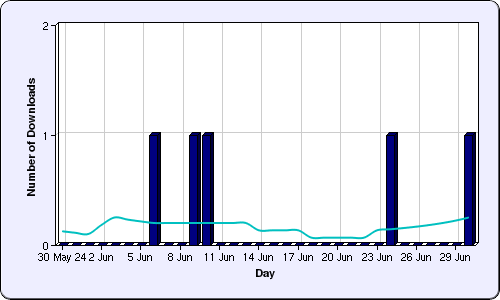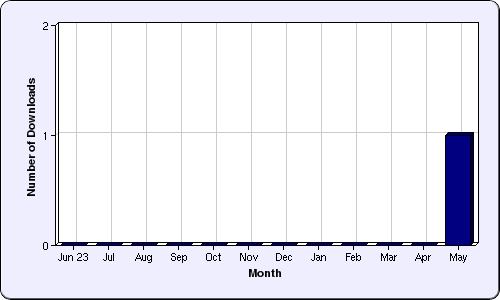Whang, Steven and Benjelloun, Omar and Garcia-Molina, Hector (2007) Generic Entity Resolution with Negative Rules. Technical Report. Stanford.
![[img]](/style/images/fileicons/application_pdf.png)  Preview |
| PDF
226Kb |
Abstract
Entity Resolution (also known as deduplication or merge-purge) is a process of identifying records that refer to the same real-world entity and merging them together. In practice, ER results may contain "inconsistencies," either due to mistakes by the match and merge function writers or changes in the application semantics. To remove the inconsistencies, we introduce "negative rules" that disallow inconsistencies in the ER solution (ER-N). A consistent solution is then derived based on the guidance from a domain expert. The inconsistencies can be resolved in several ways, leading to accurate solutions. We formalize ER-N, treating the match, merge, and negative rules as black boxes, which permits expressive and extensible ER-N solutions. We identify important properties for the rules that, if satisfied, enable much more efficient ER-N. We develop and evaluate two algorithms that find an ER-N solution based on guidance from the domain expert: the GNR algorithm that does not assume the properties and the ENR algorithm that exploits the properties.
| Item Type: | Techreport (Technical Report) |
|---|
| Uncontrolled Keywords: | generic entity resolution, integrity constraint, negative rule, data cleaning |
|---|
| Subjects: | Computer Science > Data Integration and Mediation |
|---|
| Projects: | Information Integration |
|---|
| Related URLs: | Project Homepage | http://infolab.stanford.edu/serf/ |
|---|
| ID Code: | 802 |
|---|
| Deposited By: | Import Account |
|---|
| Deposited On: | 12 Apr 2007 17:00 |
|---|
| Last Modified: | 17 Jan 2009 00:29 |
|---|
Available Versions of this Item
- Generic Entity Resolution with Negative Rules. (deposited 12 Apr 2007 17:00) [Currently Displayed]
Download statistics


Repository Staff Only: item control page



